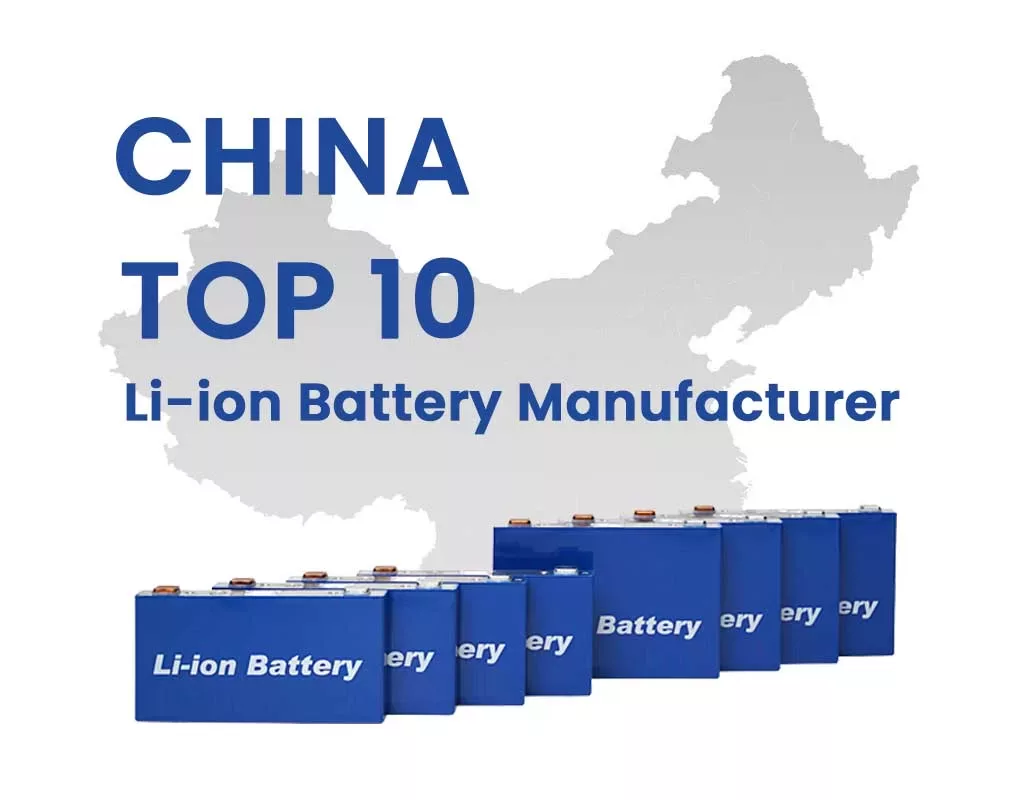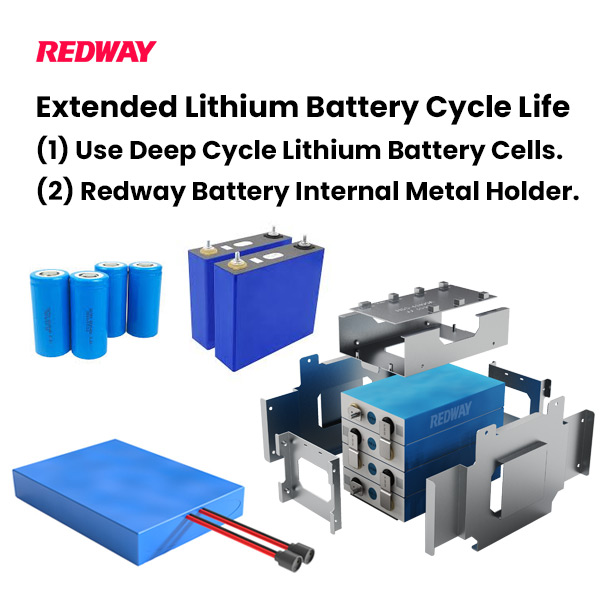Choosing between lithium-ion and lead-acid batteries for electric applications can significantly impact performance, cost, and longevity. Lithium-ion batteries offer higher energy density and efficiency, while lead-acid batteries are more affordable upfront but have shorter lifespans. Understanding these differences will help you make an informed decision.
What Are Lithium-Ion Batteries and How Do They Work?
Lithium-ion batteries are rechargeable energy storage devices that use lithium ions to move between the anode and cathode during charging and discharging cycles. They are known for their high energy density, lightweight design, and ability to maintain a stable voltage throughout their discharge cycle, making them ideal for various applications, including electric vehicles and portable electronics.
What Are Lead-Acid Batteries and Their Key Features?
Lead-acid batteries are one of the oldest types of rechargeable batteries, consisting of lead dioxide (anode), sponge lead (cathode), and sulfuric acid (electrolyte). They are characterized by:
- Lower Cost: Generally cheaper than lithium-ion batteries.
- Robustness: Reliable performance in various conditions.
- Established Technology: A well-understood technology with widespread availability.
What Are the Main Differences Between Lithium-Ion and Lead-Acid Batteries?
The choice between lithium-ion and lead-acid batteries hinges on several key differences:
| Feature | Lithium-Ion Batteries | Lead-Acid Batteries |
|---|---|---|
| Energy Density | Higher | Lower |
| Lifespan | 8-15 years | 3-5 years |
| Weight | Lighter | Heavier |
| Depth of Discharge | Up to 80-90% | 50% recommended |
| Charging Speed | Faster | Slower |
This table summarizes how each battery type performs in critical areas relevant to electric applications.
Why Choose Lithium-Ion Batteries for Electric Applications?
Lithium-ion batteries are often preferred for electric applications due to their numerous advantages:
- Higher Efficiency: Better energy conversion rates mean less energy loss during charging.
- Longer Lifespan: With proper management, they can last significantly longer than lead-acid batteries.
- Weight Savings: Their lighter weight allows for more efficient designs in electric vehicles and portable devices.
Why Might Lead-Acid Batteries Still Be a Viable Option?
Despite the advantages of lithium-ion technology, lead-acid batteries still hold value in certain scenarios:
- Cost-Effectiveness: Lower initial costs make them attractive for budget-conscious projects.
- Simplicity: Easier to recycle and handle due to established processes.
- Availability: Readily available in many regions, especially for applications like backup power systems.
How Do Cost Considerations Affect Your Battery Choice?
When choosing between battery types, consider both initial costs and total cost of ownership:
- Lithium-Ion Costs: Higher upfront costs but lower long-term costs due to longevity and efficiency.
- Lead-Acid Costs: Lower initial investment but potentially higher replacement costs over time due to shorter lifespan.
What Are the Environmental Impacts of Each Battery Type?
Both battery types have environmental considerations:
- Lithium-Ion Impact: Mining lithium can have significant environmental effects, but recycling processes are improving.
- Lead-Acid Impact: While lead is highly recyclable, improper disposal can lead to soil contamination and health risks.
How to Determine the Best Battery for Your Needs?
To choose the right battery type:
- Assess Your Application: Consider weight, space constraints, and energy needs.
- Evaluate Budget: Factor in both upfront costs and long-term expenses.
- Consider Lifespan Requirements: Determine how often you plan to replace the battery.
- Think About Environmental Factors: Evaluate your commitment to sustainability in your choice.
Industrial News
Recent trends indicate a growing preference for lithium-ion batteries in electric vehicles due to their efficiency and longer lifespan. However, lead-acid batteries remain popular in specific applications like backup power systems due to their lower initial costs. As technology advances, manufacturers are exploring hybrid solutions that combine the strengths of both battery types.Redway Expert Insights
“Understanding the differences between lithium-ion and lead-acid batteries is crucial for making informed decisions in electric applications,” states Dr. Emily Chen, an expert in battery technology. “While lithium-ion offers clear advantages in efficiency and lifespan, lead-acid remains relevant where cost is a critical factor.”
FAQ
What are the main differences between lithium-ion and lead-acid batteries?
Lithium-ion batteries have higher energy density, longer lifespan, lighter weight, and faster charging compared to lead-acid batteries.Why would someone choose lead-acid batteries over lithium-ion?
Lead-acid batteries are generally less expensive upfront, easier to recycle, and suitable for specific applications like backup power systems.How do cost considerations affect battery choice?
Lithium-ion batteries have higher initial costs but lower long-term costs due to their longevity; lead-acid batteries are cheaper initially but may require more frequent replacements.





